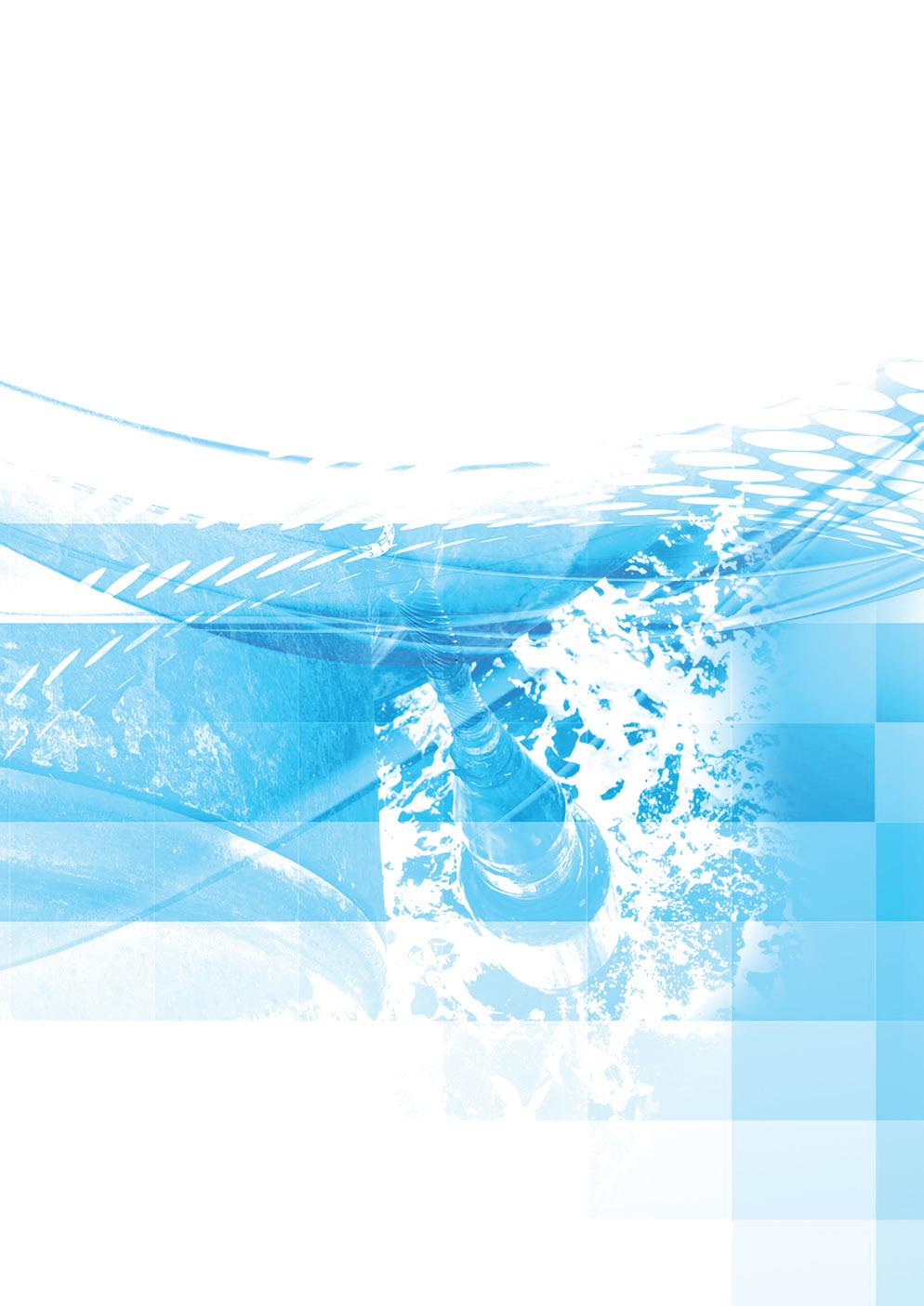
6 minute read
Sustainable solutions to
SUBSEA ENVIROMENTAL SERVICES I PROFILE
SUSTAINABLE SOLUTIONS
Advertisement
TO SUBMARINE CABLE CONUNDRUMS
Subsea Environmental Services is an independent environmental marine company that safely removes and recycles thousands of telecommunications cables from the bottom of the world’s oceans. Co-founder John Theodoracopulos revealed how the removal of man-made material from nature is being re-purposed. Profile by Andy Probert.
Removing out-of-service (OOS) telecommunications cabling from the seabed has become a highly specialised art for Subsea Environmental Services (SES), a privately-owned New York company.
SES purchased its first coaxial cable in 2012 and commenced marine operations in 2014. Since then, the company has completed 26 missions and recovered 30,000km of submarine cable, more than any other party during this period.
That equates to more than 50,000 metric tonnes of man-made material, which has been successfully re-introduced into the world’s supply chain. This material includes ferrous metals, non-ferrous metals and plastics, all of the highest quality.
“But only a small percentage of the out-of-service telegraph, coaxial, and fibre optic cable has ever been recovered to date, and every year more systems are being laid on the seabed,” said SES co-founder and Managing Partner John Theodoracopulos.
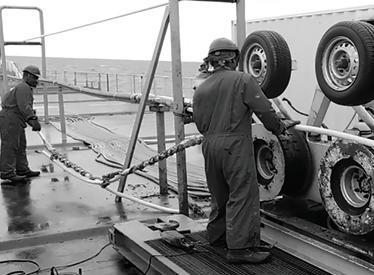
Hence, SES has quickly evolved from a promising concept to a viable, sustainable business. As new technology develops, making older systems redundant, these OOS cables present a significant opportunity for recycling, given their constituent high-grade materials.
“The removal of obsolete cable systems from the world’s oceans is also an excellent example of environmental stewardship and demonstrates our corporate responsibility,” he added.
SES was built on the extensive experience of cabling professionals who spotted a potential gap in the market. “In the course of looking at a new project, we looked at route clearance in bringing out old cables, and we looked at what residual value they may have,” he said.
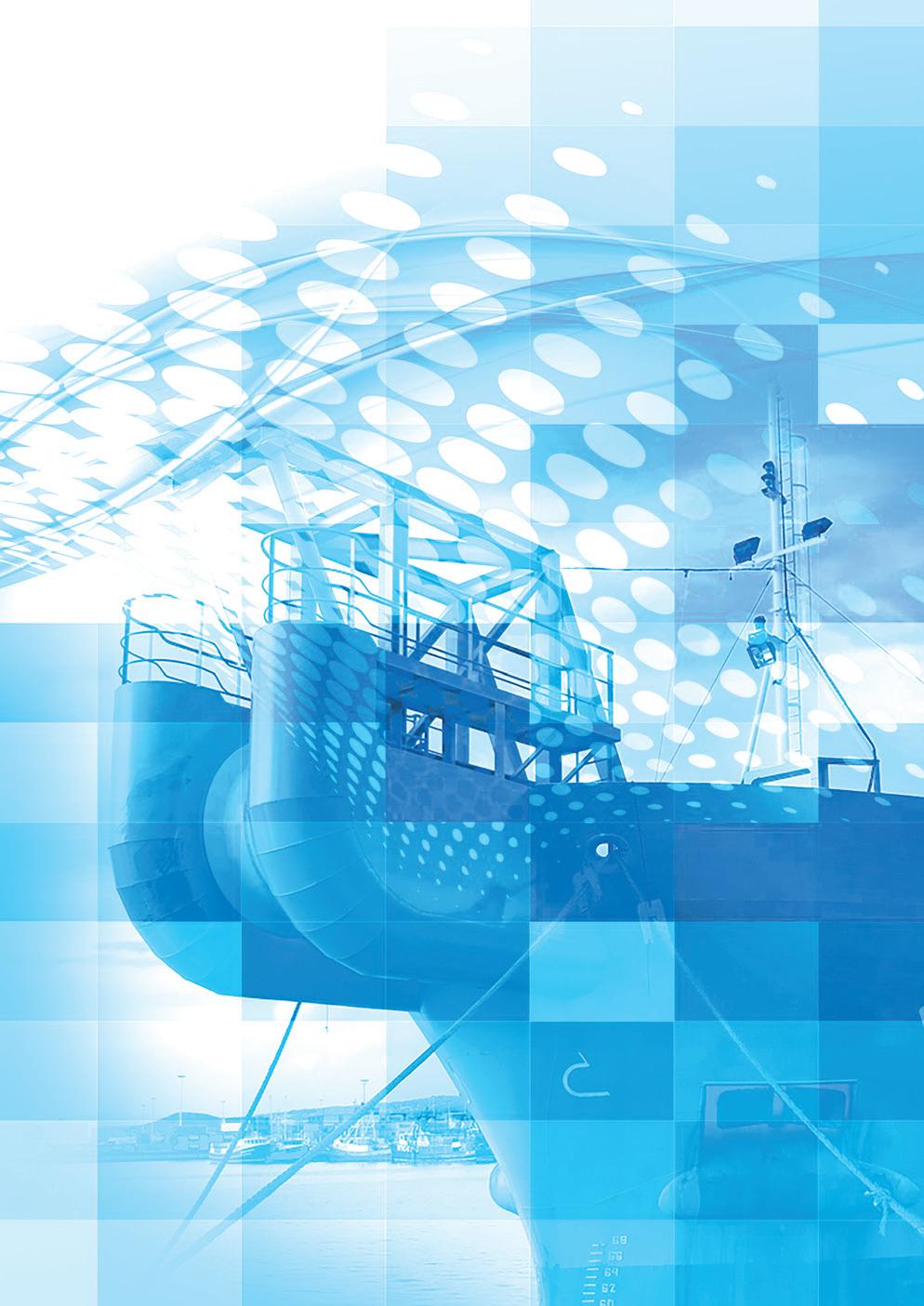
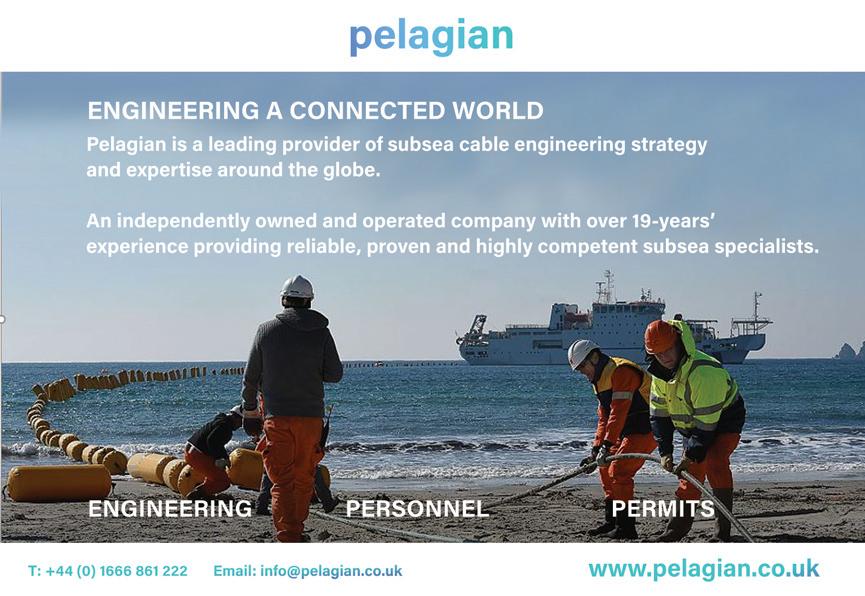
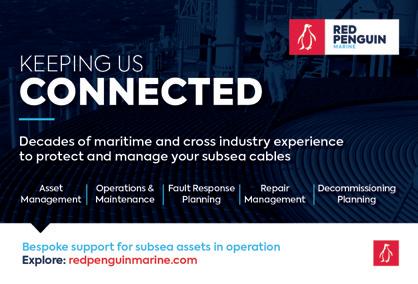


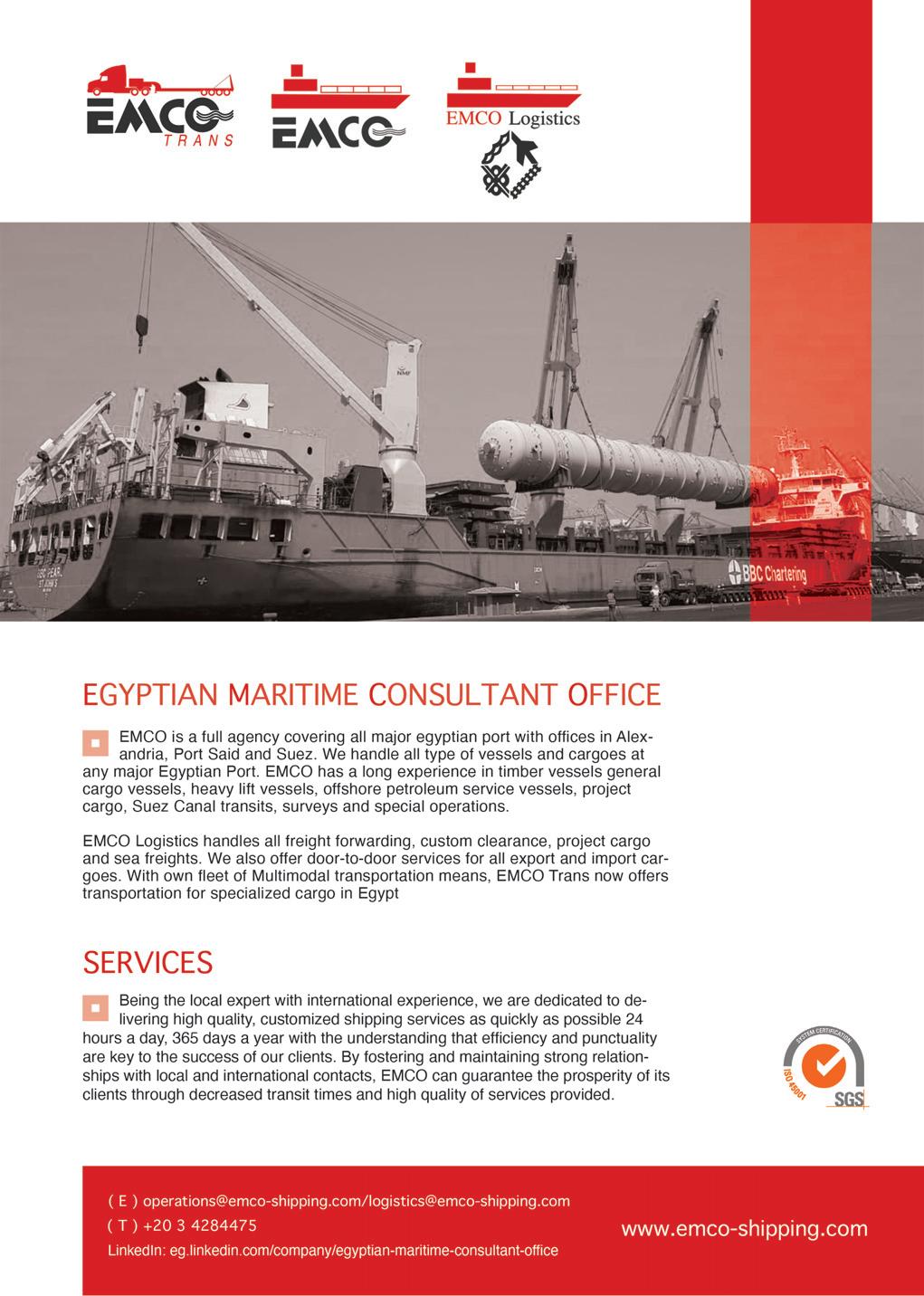
SUBSEA ENVIROMENTAL SERVICES I PROFILE
Careful approach
The company scaled the business up using a highly modified 55,000 DWT general-purpose vessel with a single hold containing five cable tanks to spool in and store recovered cable.
“There is no playbook here, no guidelines, so we started carefully and have retained captains, crew and winchmen, who understand the capabilities of the vessel.”
Mr Theodoracopulos said: “For every tonne of material we retrieve from the ocean floor and re-use is a tonne less of raw material being sourced and extracted to achieve the same goal. It helps offset the earth’s dwindling natural resources.
“Recycling these cables is both a viable and intelligent proposition while also demonstrating marine environmental leadership. Additional benefits include a significant reduction in CO2 output when compared to the production of similar materials from virgin feedstock.”
Re-introducing valuable, high-quality materials from redundant submarine cables also allows SES’ clients to demonstrate a smarter, responsible approach to managing their carbon footprints and green agendas.
Mr Theodoracopulos said experts are presently validating its extraction achievements to demonstrate their positive impact on the planet.
“As the company has increased its capacity, we wanted to dig deeper and find out what it all means. But we’re proud with what we have accomplished: 50,000 metric tonnes is just the start and will reap benefits to the global marine eco-system.”
He added: “90% of our work has been in the Atlantic basin and the Mediterranean over the last six years. As we acquire more assets across the planet, we want to be able to deploy more resources, but it requires the right vessel, equipment and crews.”
Depending on the location of its mission, the vessel offloads its cabling cargo across the world, including Egypt, Panama, the Netherlands, Portugal, and the Bahamas, where the cable is shipped overland to a processing facility or transferred to another ship to be taken elsewhere for recycling.
Mr Theodoracopulos, who has 30 years of experience in the marine and telecoms industries, explained that SES essentially
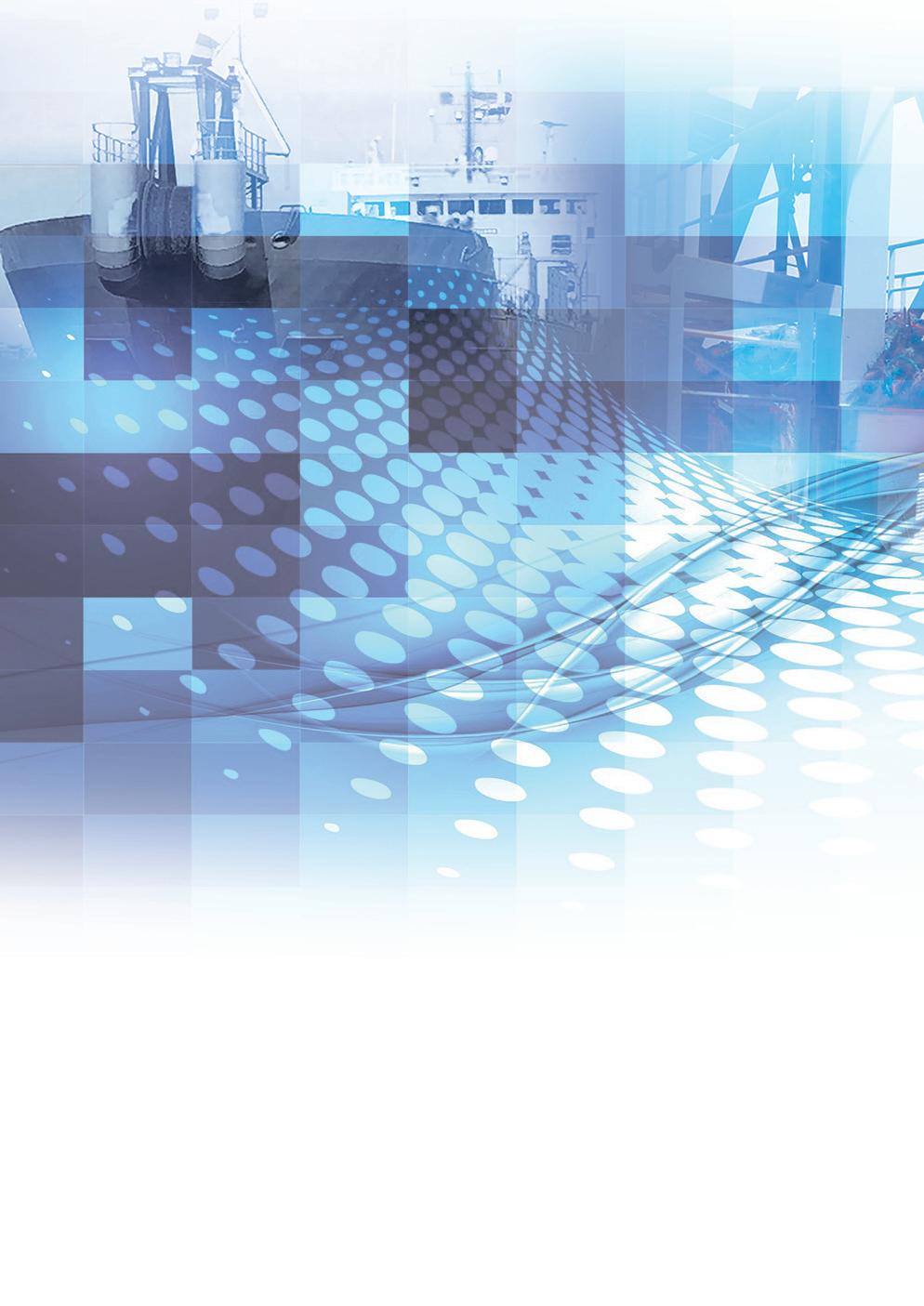
acquires portfolios of end-of-life cabling direct from the telecommunications companies.
SES does extensive research to identify the cabling routes and marine operations required to ensure an efficient and safe conclusion to individual projects.
“We acquire a depreciated asset and remove any potential liability. We recover it from the seabed and recycle the material ourselves, through a partnership or under contract. And then we sell the cable or the material,” he elaborated.
“As we increase our capacity, we want to get as close to our endusers as possible. We retrieve 10,000 tonnes a year of material, broken down between ferrous, non-ferrous and plastics. Almost 99% we recover is recyclable and recycled, so there is a very high yield on that material.
“We want to increase that capacity by as much as three times in the coming years and get as close to the end-users, and do away with the middle-men.”

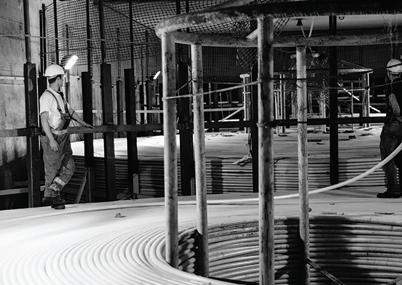

Best-in-class risk management
Mr Theodoracopulos continued: “SES is one of only a handful of companies within this niche. There are specific cables that have certain materials and have to be disposed of in a certain way, and that’s what we do.
“When you look at popular cabling routes, they are extremely crowded, and cables often lie on top of another. In one region, we acquire cables from different eras and then remove them in reverse order to increase our yield. As we have got better at what we do, we have refined our processes.”
The key to the company’s success is consistently applying best-inclass risk management procedures, from planning and peer review through all phases of the physical cable recovery operations.
Carrying over 95% of the world’s data and voice traffic, the global submarine cable infrastructure is the keystone of our modern world economy. Maintaining its integrity is a core principle of SES.
Combining an experienced team, best-in-class technical and operational management, market-leading third party suppliers, and innovative customers allow SES to deliver focused turnkey projects on a global scale.
Recovery of OOS cable systems requires strict adherence to a core set of risk management procedures at all planning and operational levels. SES applies all applicable International Cable Protection Committee recommendations, for the recovery of OOS submarine cables, as the basis for its risk management procedures.
SES is also certified to ISO:9001 and ISO:1400, so maintaining a high degree of transparency and a responsible approach to manage cable recovery operations.
Concluding, Mr Theodoracopulos said: “We have built up an excellent reputation in the sector, and our clients trust us to do what we say we are going to do. We have kept the vessel operating throughout the pandemic, and that consistency has enabled us to demonstrate we are extremely serious in our work.” n










